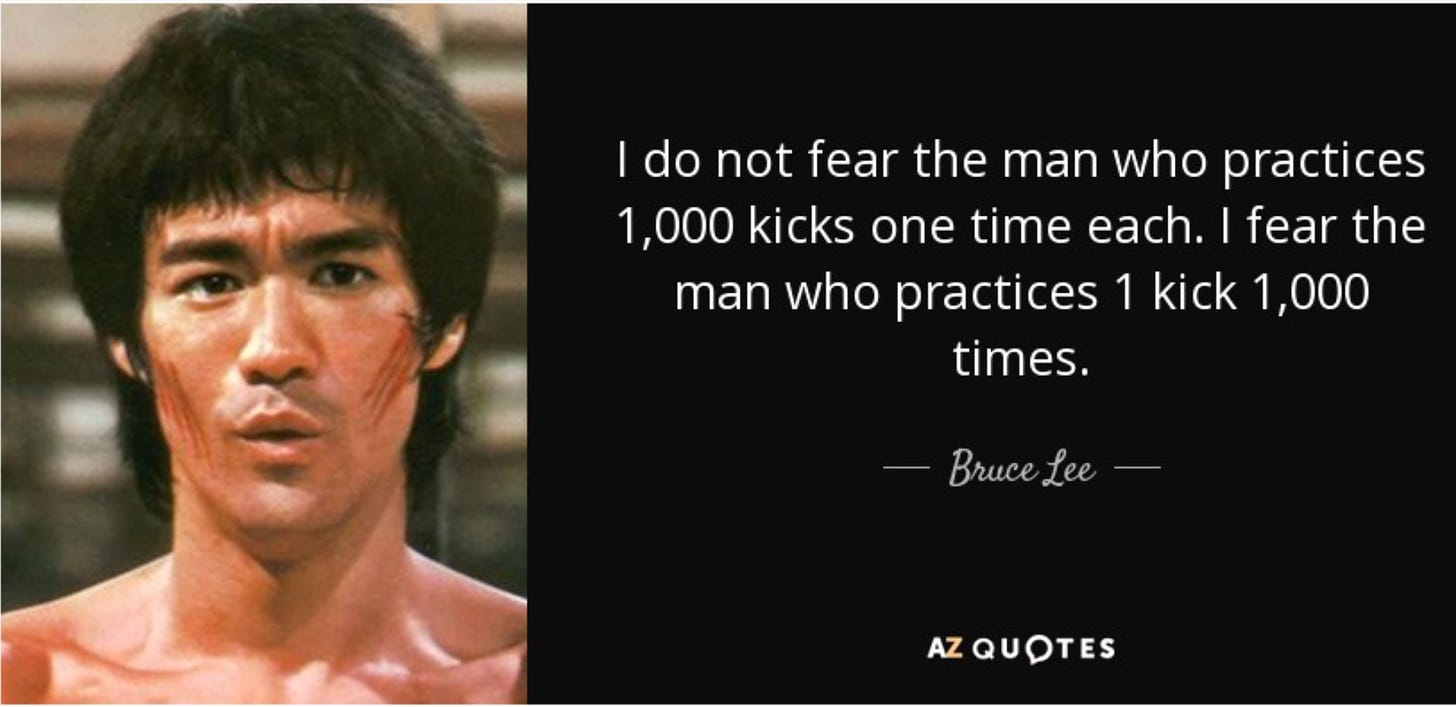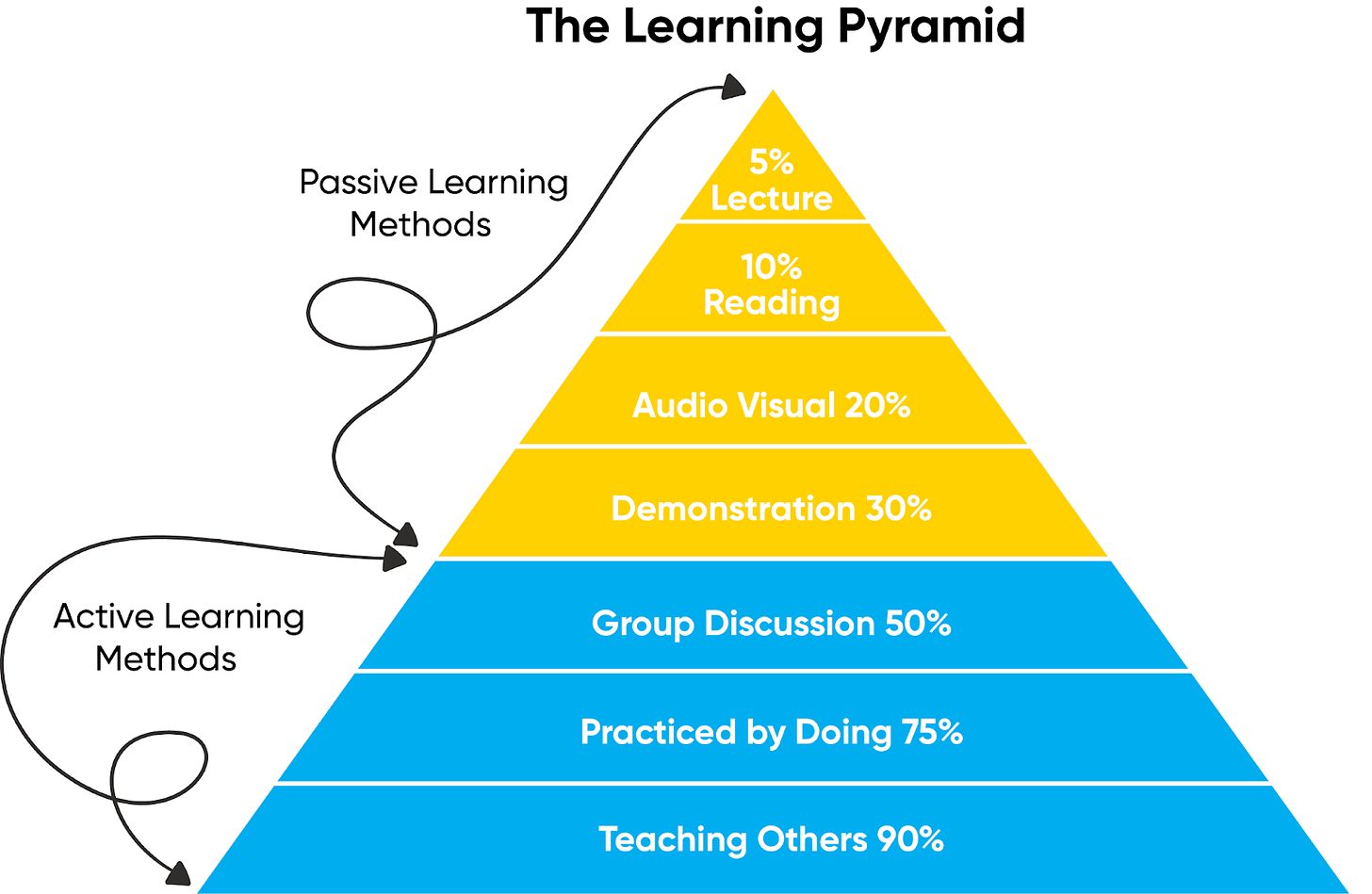Investing is not buying and selling but thinking. The quality of our thoughts defines the quality of our actions (investments). The best way to cultivate our thoughts is to read quality books.
That said, as investors, we must be innately curious. In other words, book junkies. For me, “accidental” passing by the bookstore results in a few books being purchased.
For much of my reading career, I chased the quantity of books I read. Although there was a qualitative filter on the subjects and their authors, the focus was on reading as much as possible—simply to absorb the maximum information per unit of time.
At one point, I realized I was doing it wrong. Reading is about understanding, and understanding is about quality, not quantity. So, I hopped on a quest to learn how to read more efficiently.
I share my discoveries in today's article. The first concerns the two schools of reading: the experts and the sprinters.
The experts and the sprinters
Two approaches are marketed extensively:
The easy-peasy experts: the time it takes to become an expert is short. So, we become an authority by reading a few books.
The speed readers, i.e., the sprinter: the faster we read, the more information we absorb.
The easy-peasy experts remind me of Tim Ferris's claim that we can master any field by reading a few books. This is pure nonsense. It is another marketing gimmick to sell his books.
The first books we read serve as a map. It marks the locations of the main subjects we have to explore. Then, every subject is a separate map comprising other subjects. It is like Russian matryoshkas or Mandelbrot’s fractals. The whole exists in its parts and the parts in the whole.
To become experts in any field, we must consciously practice. This means devoting effort and time. But here is another catch.
On the road to mastery, we have to read a lot. Yes, we need practice and theory. The former tells how, while the latter tells why. There are no shortcuts to skipping intense reading and painful practice.
The Sprinter approach can be summarized in one liner: to read more, do it faster.
Productivity gurus claim that if we listen to audiobooks x2 or x3, we will "read" more books. They equate quantity with quality. That's why many videos on YouTube have click-bite titles such as "How to read over 100 books per year?" "How to listen at turbo speed?" and "How to perceive 465354 words per second?"
In reading, quality always trumps quantity. Of course, quantity matters, too, but only when the quality is assured.
Speed reading is another gimmick that promises what we like to hear; we can grasp any complex field simply by devouring as much information as we can per unit of time.
Our goal is to be conscious readers instead of easy-peasy experts and sprinters. One characteristic of the conscious reader is that he or she treats reading as a road, not a destination. In other words, reading is a means to an end.
Then, we have to ask a few questions:
Why do I read - for work, pleasure, or information.
What do I read – subjects and authors
How do I read - consciously and proactively or passively and reactively?
The motivation behind reading determines what we read, and what we read determines how we read it.
When reading, we allocate our time and attention. Therefore, reading is one of the most fulfilling ways to exponentially increase the return on our attention (ROA). What and how we read define the return on information (ROI). So, how do we boost ROA and ROI?
First, we have to understand what NOT to do.
How NOT to read?
More books of dubious quality are being published. Meanwhile, more independent and astute authors are producing exceptional works. The result is a countless number of publications seeking our time and attention.
As readers, we face many temptations. So, the first step is to remove obstacles in our way. Here is my list of how NOT to read, i.e., to remove the temptations:
Do not read faster than necessary. The speed should be appropriate to the material being studied, our knowledge, and our surroundings. Listening x2 or whatever speed that leads to understanding are sugar-coated promises.
Do not read just because you feel insecure, knowing there are many more unread books. This is my main problem. Don't let the unread get you down. It will always be much more than what you read, anyway.
Don't read easy and mainstream books - this category of publications (almost) always has the lowest ROI and ROA. Most investing books are big NO. They should be blog posts. The real value is in textbooks or old classics.
It is difficult to avoid all three, yet this is not an excuse. First weed, then seed. The same is true for reading.
Then, what to do?
How to read?
My reading principles could be summarized in the following Bruce Lee quote:
Many read superficial books give the illusion of knowledge. Therefore, focus on reading and rereading the right books. Reading the same books over and over is a time machine. We see our past and present reflections.
Every time we read the same book, the person behind the pages changes. Mihail, who reads Homer today, differs from Mihail, who read it 10 years ago. With every round, we go deeper. And the deeper we go, the more we understand.
Superior book read multiple times >>> Multiple inferior books read once
Stay on the left side of the question. The right one is giving a deceiving sense of understanding. This is everything but clarity and comprehension.
The following paragraphs show how to stay on the left side of the equation, i.e., how to read.
Know the price
It's not about the book's price but the time and attention it takes to read it.
Everyone reads for a few main reasons:
For pleasure: in that category fall all books we read to satisfy our genuine curiosity.
For work: almost every profession now requires in-depth knowledge. In my case, I read textbooks on economics, corporate finances, etc.
For specific information: cookbooks and survival guides come to mind.
Often, we read for more than one reason, as it is for me. I love reading, and my job as a market participant and writer requires reading a lot.
Nevertheless, we always have to consider time. If we choose to read a novel for pleasure, we take our time to read for work, and vice versa. There are always trade-offs. Therefore, we have to optimize our time.
Here are a few simple tricks on how to do it:
Be selective about what you read. Pick the best authors and books on the topics.
Read the section that concerns us now. We can always go back and review the rest later.
If the book doesn't live up to expectations, leave it. Time is too scarce to read unexciting books.
In summary, read the finest books from leading authors as you are pleased.
Politically incorrect hack: best books and authors are usually not on the New York Times bestsellers list.
Communicate with the author
I used to think it was sacrilege to highlight text and write in the margins, but I've been fooled. Books are a means of communication, not a destination. I write, underline, and mark the books I read. Thus, I speed up the learning process significantly, which increases the ROI.
This is followed by creating a book summary for further reference. Without these tricks, we can't manage the vast amount of information we're working with, especially if our job requires us to read a lot.
Pick your setting
We choose the tools according to the objectives; according to the tools, we choose the context—the time and place.
Depending on the subject and motivation, pick a time and environment. Intellectually intense books absorb much of our energy. Figure out when you are most productive when reading such books.
Conversely, if you are tired at the end of the day and have to read a textbook on corporate finance, you will feel worthless in the face of the overwhelming amount of information.
My preferred time to study demanding books is in the morning or early afternoon. I'm exhausted in the evening, and I want to read for the sake of reading—then I can enjoy the process.
Teach and create
To teach what you read brings the highest ROI and ROA. The learning pyramid illustrates the above statement.
The retention rate determines how much information is retained at the end of the studying session. After listening to a lecture, we keep 5% of what we heard, and after reading a book, 10%. A low retention rate directly affects ROI and ROA. The lower it is, the lower the return, and vice versa.
When I started writing a couple of years ago, my understanding of the topics I cover made a quantum leap.
If reading is a 2D experience, then teaching is 4D.
Writing is my way of teaching, first myself and, I hope, the readers. By putting my ideas on a list, I transform chaotic thoughts into a coherent flow.
Final Thoughts
Unsurprisingly, reading is about quality. Quality of the books and quality of the reading process.
Knowing what and how to read provides a formidable advantage in any field. Simply:
By reading, you are ahead of 50% of the population. So, competition is slashed by 50%.
By reading challenging books, you are ahead of 90% of the reading population. So, competition is reduced by another 45%, thus remains only 5%.
By teaching and creating, you are 90% ahead of the remaining 5%. The competition is reduced to merely 0.5% from the initial 100%.
As investors, we have a few options to have a genuine edge. Reading is one of them. Hence, read quality books in a conscious way. It will pay off handsomely.






